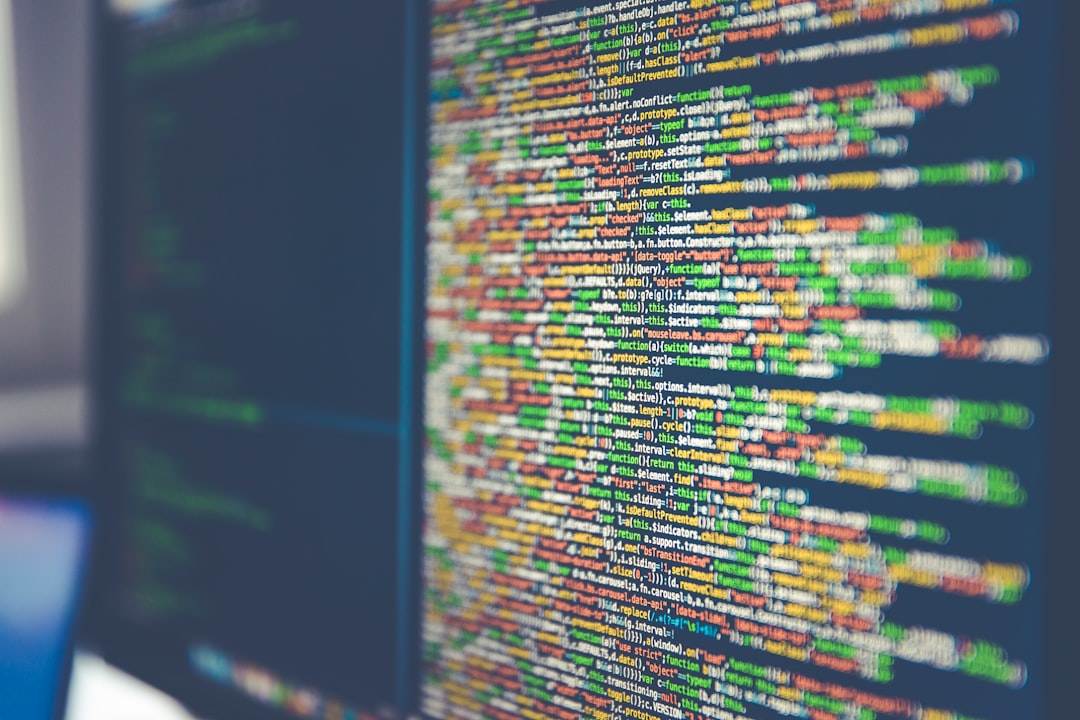PyTorch Style Transfer Sample Code
July 26th, 2023

PyTorch Style Transfer Sample Code
Pytorch Example of Style Transfer
Here's an example of a Python implementation for style transfer in generative AI art using the PyTorch framework:
import torch
import torch.nn as nn
import torch.optim as optim
from torchvision import models, transforms
from PIL import Image
import matplotlib.pyplot as plt
# Load content and style images
content_image = Image.open('content.jpg')
style_image = Image.open('style.jpg')
# Define image transformations
transform = transforms.Compose([
transforms.Resize(256),
transforms.CenterCrop(224),
transforms.ToTensor(),
transforms.Normalize(mean=[0.485, 0.456, 0.406], std=[0.229, 0.224, 0.225])
])
# Preprocess images
content_tensor = transform(content_image).unsqueeze(0)
style_tensor = transform(style_image).unsqueeze(0)
# The VGG19 model with adjusted layers
class VGG19(nn.Module):
def __init__(self):
super().__init__()
vgg = models.vgg19(pretrained=True).features
self.slice1 = vgg[:2]
self.slice2 = vgg[2:9]
self.slice3 = vgg[9:16]
self.slice4 = vgg[16:23]
self.slice5 = vgg[23:30]
def forward(self, x):
x1 = self.slice1(x)
x2 = self.slice2(x1)
x3 = self.slice3(x2)
x4 = self.slice4(x3)
x5 = self.slice5(x4)
return [x1, x2, x3, x4, x5]
# Loss Functions
def gram_matrix(x):
_, c, h, w = x.size()
features = x.view(c, h * w)
G = torch.mm(features, features.t())
return G
def content_loss(gen_features, content_features):
return torch.mean((gen_features - content_features)**2)
def style_loss(gen_gram, style_gram):
return torch.mean((gen_gram - style_gram)**2)
# Training
device = torch.device('cuda' if torch.cuda.is_available() else 'cpu')
content_tensor = content_tensor.to(device)
style_tensor = style_tensor.to(device)
vgg = VGG19().to(device)
for param in vgg.parameters():
param.requires_grad_(False)
generated_img = content_tensor.clone().requires_grad_(True)
optimizer = optim.Adam([generated_img], lr=0.01)
n_epochs = 5000
for epoch in range(n_epochs):
gen_features = vgg(generated_img)
content_features = vgg(content_tensor)
style_features = vgg(style_tensor)
content_l = content_loss(gen_features[3], content_features[3])
style_l = 0
for gf, sf in zip(gen_features, style_features):
gm_gen = gram_matrix(gf)
gm_style = gram_matrix(sf)
style_l += style_loss(gm_gen, gm_style)
total_loss = content_l + 1e5 * style_l
optimizer.zero_grad()
total_loss.backward()
optimizer.step()
if epoch % 100 == 0:
print('Epoch: [%d/%d], Loss: %.4f' % (epoch, n_epochs, total_loss))
# Postprocess the generated image
generated_np = generated_img.squeeze(0).cpu().detach().numpy().transpose(1, 2, 0)
generated_np = (generated_np * (0.229, 0.224, 0.225) + (0.485, 0.456, 0.406)) * 255
# Show the generated image
plt.imshow(generated_np.clip(0, 255).astype('uint8'))
plt.show()Conclusion
In this example, we use the VGG19 model for the style transfer. The input images are styled by minimizing the content loss between the generated image and the content image, and the style loss between the generated image and the style image. The generated image is then displayed.
the complete code is available on github:
Other articles
September 25th, 2023
Step-by-Step Guide: How to Use GPT-4 for Article Rewriting
Includes crafting effective prompts and examples. read more...
October 28th, 2023
Exploring the Structure and Functionality of GPT and LLAMA
age models - Generative Pre-training Transformer (GPT) and LAnguage Model Analysis (LLAMA). Understand their functionality, operation and role in natural language understanding tasks. read more...




